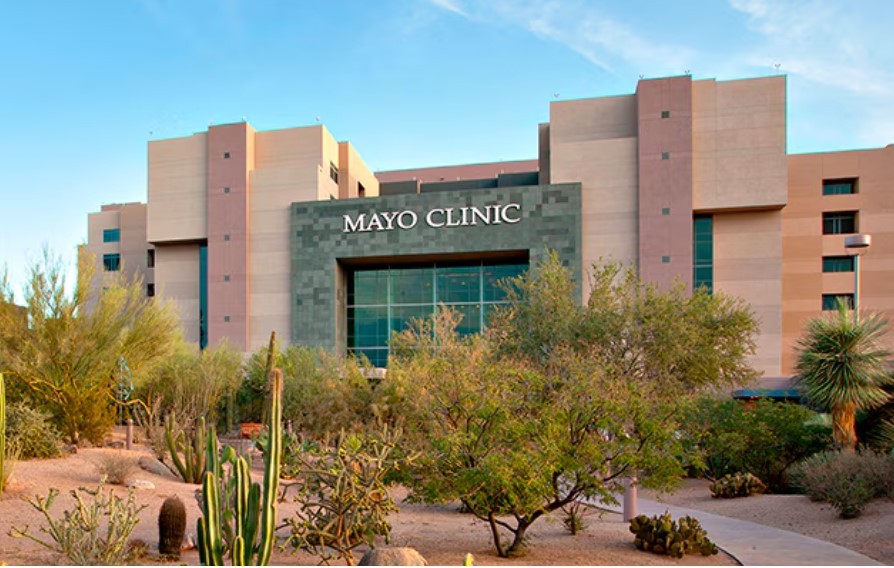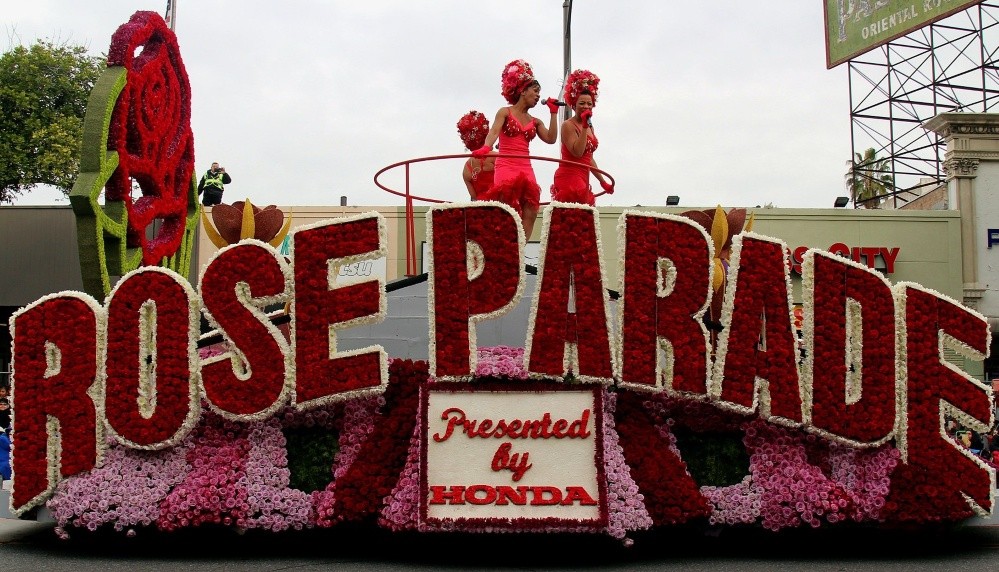What Time Is It In Arizona: Time Zone, Time Difference and Clock
Time Zones Currently Being Used in Arizona
Obviously, there is a rational explanation for US time zones, particularly the time zone in Arizona. In the Grand Canyon State, it’s a bit complex to understand what time it is, because of different factors. Let’s start from the beginning. A classic 3-weeks West Coast road trip typically crosses these four states: California, Nevada, Arizona and Utah. Of these states:
California and Nevada adopt Pacific Time
Arizona and Utah adopt Mountain Time
If this were the only distinction, it would be relatively easy to determine the correct time zone, but there are two more factors:
- Arizona does not apply daylight saving time, so the time remains the same throughout the year. California, Nevada and Utah, on the contrary, do apply daylight saving time.
- Arizona has another deciding factor, which is that the Navajo Nation, which is mostly in Arizona, has decided to apply daylight saving time, thus differentiating itself from the rest of Arizona.
| Offset | Time Zone Abbreviation & Name | Example City | |
|---|---|---|---|
| UTC -7 | MST | Mountain Standard Time | Phoenix |
| UTC -6 | MDT | Mountain Daylight Time | Tuba City |
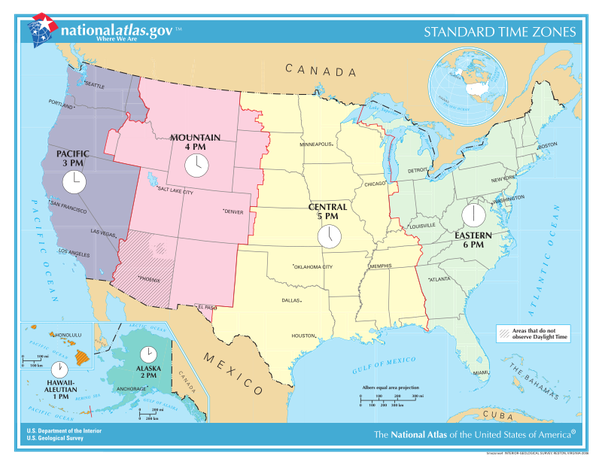 |
| Photo Quora |
Most of Arizona observes Mountain Standard Time (MST) all year. However, because the Navajo Nation observes Daylight Saving Time (DST), the corresponding DST designation, Mountain Daylight Time (MDT) is also listed here.
There is a common misconception that Arizona is on Pacific Daylight Time (PDT) during the summer and on Mountain Standard Time (MST) during the winter. Because MST and PDT have the same UTC offset of minus 7 hours (UTC-7), Arizona has the same local time as neighboring states California and Nevada during the summer season.
The time zones in the contiguous United States are often referred to by their generic name, without making a difference between standard time and DST designations. For example, Mountain Time (MT) refers to Mountain Standard Time (MST) or Mountain Daylight Time (MDT), depending on which is currently in use.
Arizona Time Zone: Difference between Page and Monument Valley
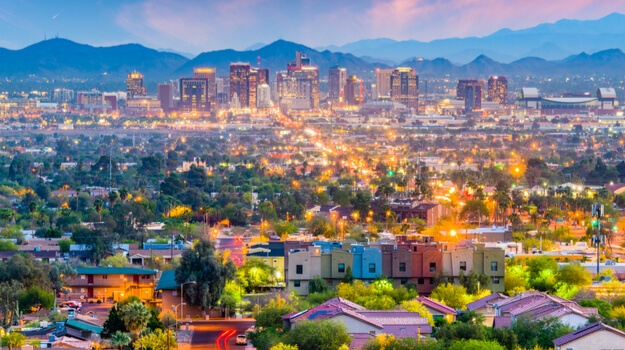 |
| Photo UiF |
The time zone in Arizona varies depending on where you are in the state. The vast Navajo Nation also includes Monument Valley, the beautiful park of the Southwest that sits on the border between Arizona and Utah which is run by the Navajo. Daylight saving time is in effect here and therefore, from the second Sunday of March to the first Sunday of November, there will be this area will be an hour ahead of the rest of Arizona, and it will be the same time as Utah.
Then you will head towards Page – a lucky town in Arizona overlooking the Colorado River – to explore Antelope Canyon, which is certainly worth visiting. This famous slot canyon is run by the Navajo, but the area is not within the geographical boundaries of the Navajo Nation, which is why here in Page the Navajo, in order to make it easier for travelers, aplpy the time zone used in the rest of Arizona. Still confused? Let me tell you about my experience in detail.
From Page to Monument Valley: How the time zone changes
time zone difference between page and monument valleyIt was September. I was in Page. I spent the day visiting Antelope Canyon, Horseshoe Bend and Lake Powell and then I spent the night in Page. The next day I left Page around 9:00 am and headed to Monument Valley, which takes about 2 hours. When I arrived at the park’s entrance, I realized that something didn’t add up. It wasn’t 11:00 am (as I predicted); it was 12:00 pm! It wasn’t a problem for me, because I could walk around the park enjoying the silence and taking my time, but it did fluster me a little bit. What can we take away from this?
From the second Sunday in March to the first Sunday in November (daylight saving time): If you are going from Page (or the Grand Canyon or any other part of Arizona outside of the Navajo Nation) to Monument Valley, you lose one hour. This means that if it’s 9:00 am in Page, it will be 10:00 am in Monument Valley.
During the rest of the year (standard time) there will be no time difference. For example, if you go from Page to Monument Valley on December 10, the time will be the same in both places. Therefore, if it is 9:00 am in Page, it will be 9:00 am. on Monument Valley.
From Monument Valley to Page: The Time Difference between the Two Places
Does Arizona have 2 time zones? Let’s continue looking at my trip. The day after I visited Monument Valley I had to go to the Grand Canyon, which – as you may know – is in Arizona, but not in the Navajo Nation. So, when I arrived at the entrance to Desert View, I realized that I had gained an hour! The same, of course, would apply if had gone to Page. So, let’s review…
From the second Sunday in March to the first Sunday in November (daylight saving time), if you go from Monument Valley to Page (or the Grand Canyon, or anywhere else in Arizona outside of the Navajo Nation), you will gain one hour. Therefore, if it’s 10:00 a.m. at Monument Valley, it’ll be 9:00 a.m. in Page.
During the rest of the year (standard time), as I mentioned above, the time will be the same in both places. Therefore, if you are making this trip on December 10, for example, this would apply.
**READ MORE: Top 9 must-try foods when visiting Arizona
Time Zone Utah-Arizona: How to Set Your Clock
We’ve studied a series of cases involving moving from one area of Arizona to another. We’ve also seen that during standard time and daylight saving time, the time in Utah and in the Navajo Nation remains the same. So to recap, if it’s 9:00 am in Moab, it’ll be 9:00 am in Monument Valley.
But what if we go from Utah to Arizona or vice versa? How do you calculate the time change if you are in Arizona but not in the Navajo Nation? I’ll help you with that right now, too, by using my trip as an example.
During that same trip in September that I talked about above, one morning I traveled from Bryce Canyon to Page. As you may have understood, in that case, there was a change in time. I realized that I had gained an hour. I departed from Bryce Canyon in Utah (with daylight saving time) and arrived in Page in Arizona (without daylight saving time)… as a result, when I arrived at the tour agency for tours to Antelope Canyon and it was still closed. It was too early! So what does this mean?
During daylight saving time, if you go from Bryce Canyon (or Moab or any part of Utah outside of Navajo Nation) to Page or the Grand Canyon, you will gain one hour. This is also the case if you travel to Page from the Navajo Nation. If it’s 10:00 am at Bryce Canyon, it’s 9:00 am in Page.
During daylight saving time, if you travel from Page to Bryce Canyon (or anywhere else in Utah outside of the Navajo Nation) you will lose an hour.
During standard time, the time in Utah and in Arizona is the same once again. It goes without saying that if you choose to travel in this area on December 10, there is no time difference between Bryce and Page.
A short history of Arizona timeArizona has a long on-again, off-again relationship with daylight saving time (DST). • March 1918: DST is established nationwide to save energy during World War I. Arizona complies, but some areas are in the Mountain Time Zone and some in the Pacific Time Zone. • October 1918: The U.S. returns to standard time. • March 1919: Country returns to DST, Arizona complies but again in two time zones. • October 1919: DST repealed. • Summer 1921: Some Yuma County communities observe DST. • February 1942: Nation moves to "War Time," Arizona complies, again in two time zones. • January 1944: Arizona goes off War Time, though some Western communities remain and some interstate commerce continues to observe it. • April 1944: Arizona returns to War Time. • October 1944: Arizona returns to Mountain Standard Time. • April-October 1967: Arizona joins the rest of the nation in DST under the Uniform Time Act of 1966. • 1968: Arizona opts out of future participation in DST. • 1974: Arizona, with Idaho and Oregon, is exempted from a federal trial of year-round DST. • Today: Arizona and Hawaii, along with Puerto Rico, American Samoa, Guam, the Northern Marianas and the U.S. Virgin Islands do not observe DST. Within Arizona, however, the Navajo Nation does. |
Why does Arizona not follow daylight saving time?
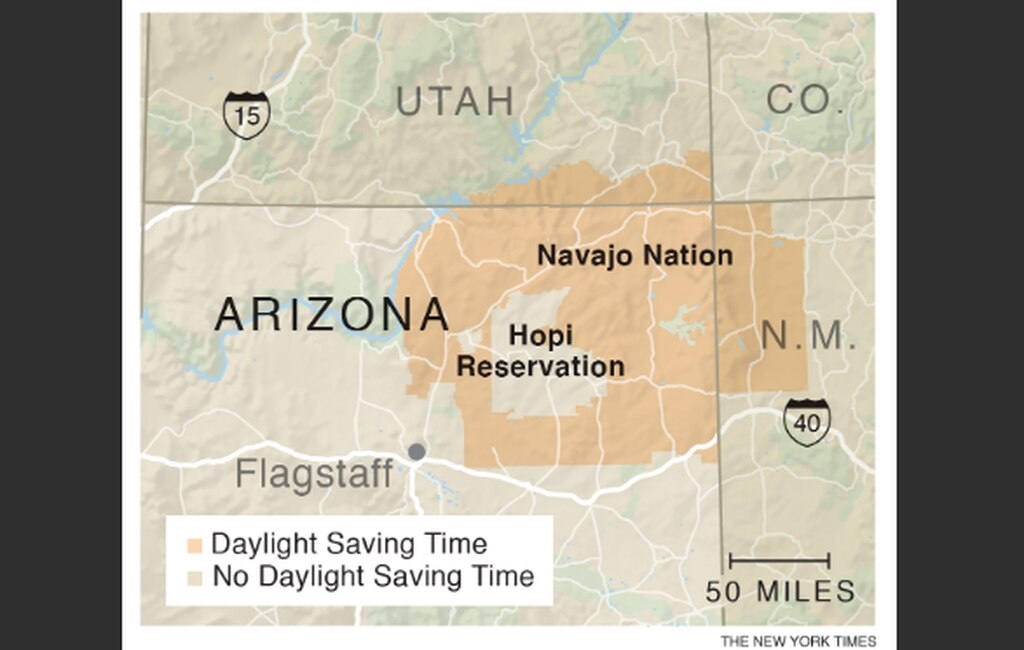 |
| Photo Salt Lake Tribune |
Daylight saving time is the practice whereby hundreds of millions of people in 70 countries change their clocks to gain or lose an hour on specific dates in March and November. The idea is to allow people to make better use of daylight in their area. The saying "spring forward, fall back" helps people remember which way to adjust their clocks.
Daylight saving time was introduced during World War I, although it did not become an annual observance in the United States until 1966. But not every state wanted it. Timeanddate.com points out that in Arizona we have too much sun in summer. Why stick people with another hour of scorching daylight? So state officials decided to leave the clocks alone.
But people in part of Arizona do change their clocks. The Navajo Nation — which extends from Arizona into New Mexico and Utah — observes daylight saving time so that everyone who lives on the reservation is on the same schedule.
Hawaii is the other state that doesn't observe daylight saving time. It doesn't need the extra daylight either: Hawaii sits at a tropical latitude and there isn’t much difference in the length of days in summer and winter.
How daylight saving time affects Arizona
Arizona is on Mountain Standard Time. When the rest of the country goes on daylight saving time in the spring, Arizona is three hours behind our East Coast friends and two hours behind Chicago. When daylight saving time ends in November, we're two hours behind the East Coast. Take that into account so you don't miss out on that important work call, job interview or chat with Mom and Dad.
With the proliferation of virtual events because of the pandemic, daylight saving time could affect when you can tune in. If you're thinking about joining an online festival, talk or high school reunion, make sure you know what time zone it's occurring in.
Impatiently waiting to see who gets the next rose on "The Bachelor"? Your favorite programs might come on earlier than usual after March 14. And check your DVR settings to make sure they will reflect daylight saving time or you might miss your shows.
Arizona sports fans have to account for daylight saving time, too, especially NFL fans. In September and October, football games that start at 1 p.m. on the East Coast come on at 10 a.m. here. Once daylight saving time ends in November, those games come on at 11 a.m.
 Top 13 weirdest laws in the United States Top 13 weirdest laws in the United States The United States is a large, vibrant, and diverse country in which states and even cities have the power to pass their own laws. If ... |
 Top 7 best places to visit in the U.S during Christmas Top 7 best places to visit in the U.S during Christmas There are a number of festive Christmas vacation spots for you to have a plenty of fun, thrills and holiday cheer in the United States. ... |
 TOP 15 Most Popular Holidays in the United States TOP 15 Most Popular Holidays in the United States Congress is the only body that has the authority to declare Holidays in the US. Knowinsider ranked the 15 biggest or most popular holidays ... |
 Top 15 most common infectious diseases in the United States (Part 1) Top 15 most common infectious diseases in the United States (Part 1) People in the United States continue to get diseases that are vaccine-preventable. The list below aims to provide basic information about the top 15 |


